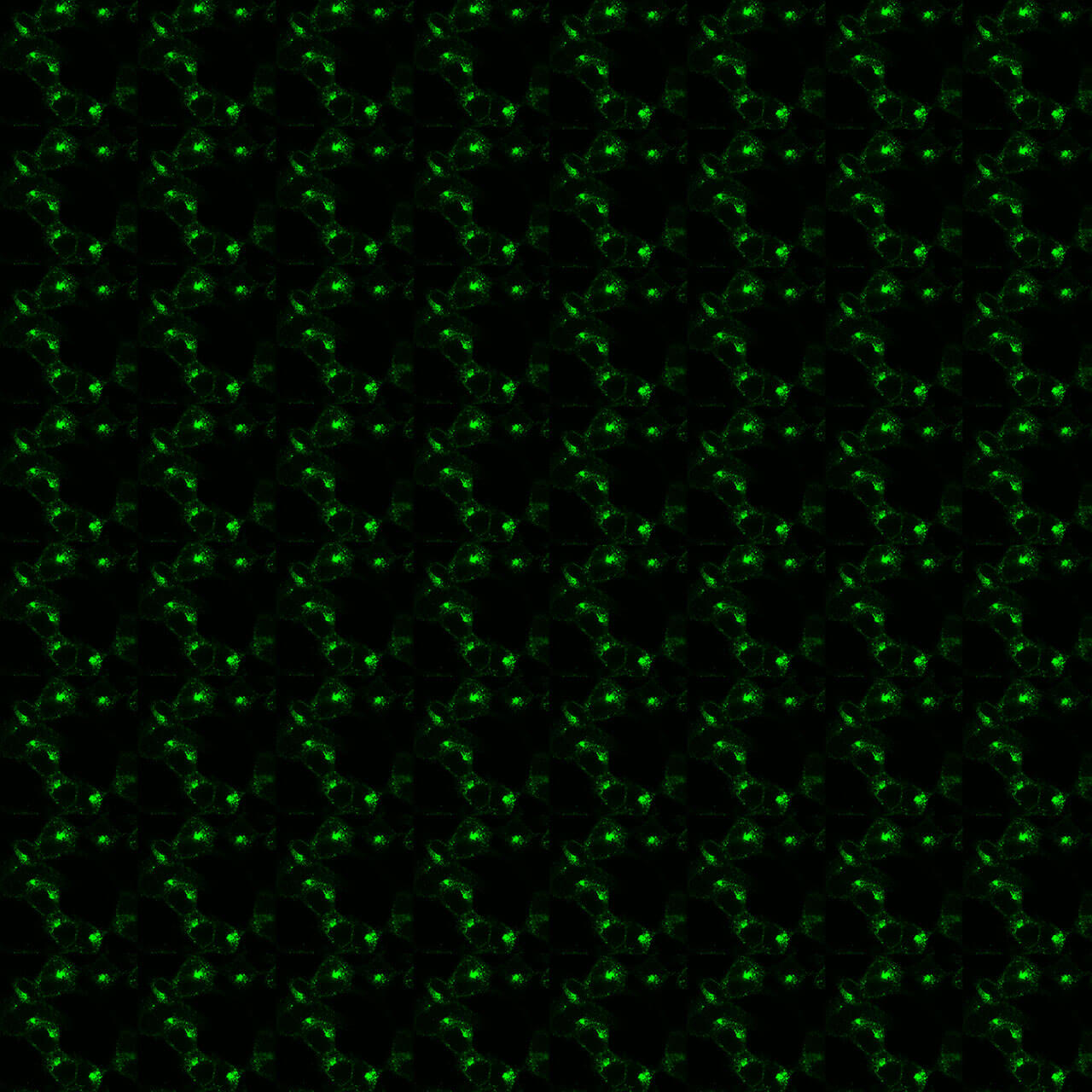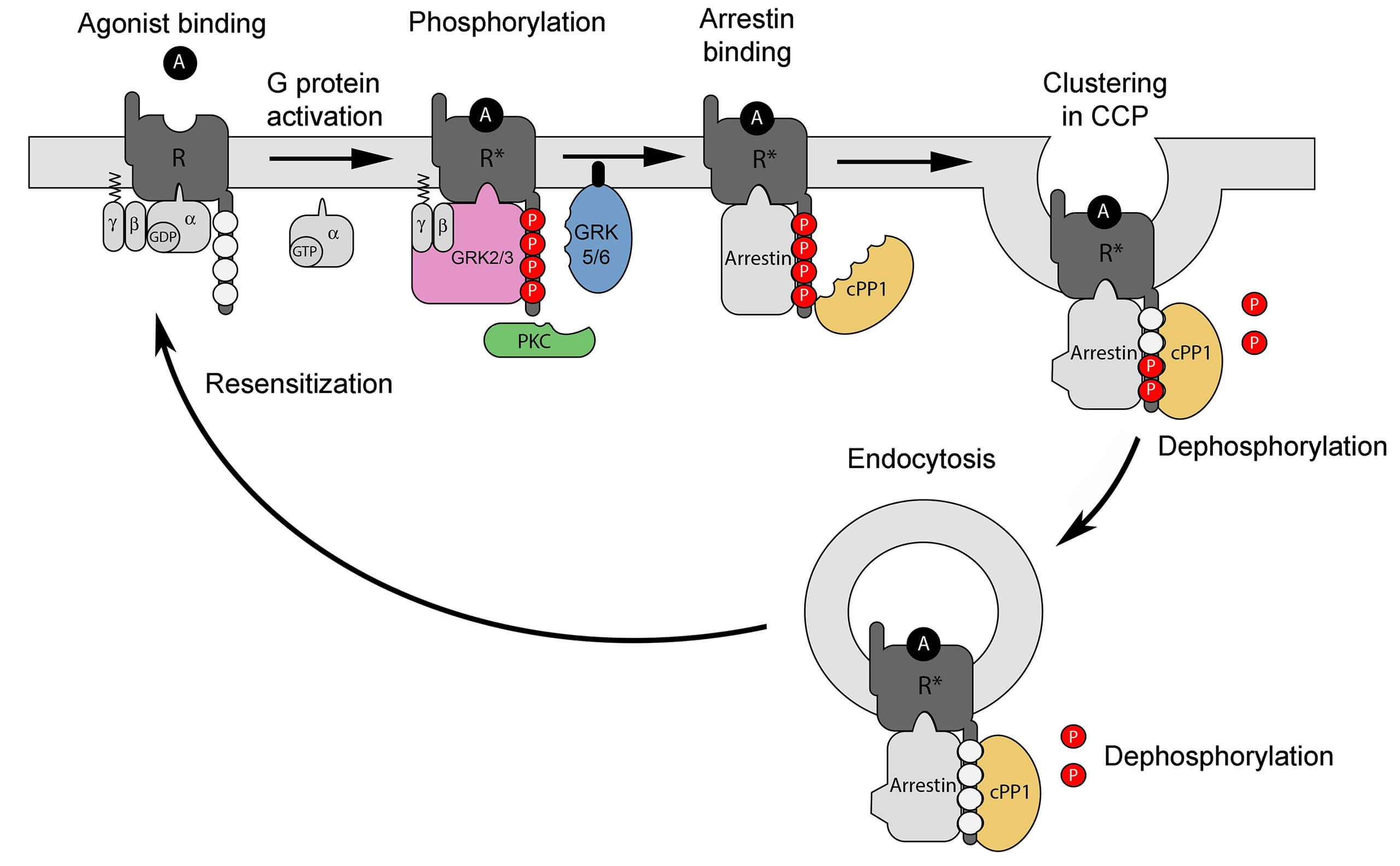No results were found for the filter!
NEW
 GPR55 (non-phospho), G protein-coupled...
GPR55 (non-phospho), G protein-coupled... The non-phospho-GPR55 receptor antibody is directed against the distal end of the carboxyl-terminal tail of human GPR55. It can be used to detect total GPR55 receptors in Western blots independent of phosphorylation. The GPR55 antibody...
$ 375.00 *
NEW
 GPR146 (non-phospho), G protein-coupled...
GPR146 (non-phospho), G protein-coupled... The non-phospho-GPR146 receptor antibody is directed against the distal end of the carboxyl-terminal tail of human GPR146. It can be used to detect total GPR146 receptors in Western blots independent of phosphorylation. The GPR146...
$ 375.00 *
NEW
 GPR119 (non-phospho), G protein-coupled...
GPR119 (non-phospho), G protein-coupled... The non-phospho-GPR119 receptor antibody is directed against the distal end of the carboxyl-terminal tail of human GPR119. It can be used to detect total GPR119 receptors in Western blots independent of phosphorylation. The GPR119...
$ 375.00 *
NEW
 EP4 (non-phospho), EP4 Prostanoid Receptor...
EP4 (non-phospho), EP4 Prostanoid Receptor... The non-phospho-EP4 receptor antibody is directed against the distal end of the carboxyl-terminal tail of human EP4. It can be used to detect total EP4 receptors in Western blots independent of phosphorylation.
$ 375.00 *
NEW
 GPR183 (IHC-grade), Oxysterol Receptor Antibody
GPR183 (IHC-grade), Oxysterol Receptor Antibody The non-phospho-GPR183 receptor antibody is directed against the distal end of the carboxyl-terminal tail of human GPR183. It also detects GPR183 in cultured cells and tissue sections by immunohistochemistry. It can be used to detect...
$ 375.00 *
NEW
 FPR2 (non-phospho), Formylpeptide Receptor 2...
FPR2 (non-phospho), Formylpeptide Receptor 2... The FPR2 receptor antibody is directed against the distal end of the carboxyl-terminal tail of human Formylpeptide Receptor 2. It can be used to detect total FPR2 receptors in Western blots independent of phosphorylation. The FPR2...
$ 375.00 *
NEW
 pT334/pS335-FPR3 (phospho-Formylpeptide...
pT334/pS335-FPR3 (phospho-Formylpeptide... Threonine334/Serine335 (T334/S335) is a major phosphorylation site of the FPR3 receptor. The pT334/pS335-FPR3 antibody detects phosphorylation in response to high-efficacy agonists. T334/S335 phosphorylation is a key regulator of FPR3...
$ 375.00 *
NEW
 pT337/pT339-FPR3 (phospho-Formylpeptide...
pT337/pT339-FPR3 (phospho-Formylpeptide... Threonine337/Threonine339 (T337/T339) is a major phosphorylation site of the FPR3 receptor. The pT337/pT339-FPR3 antibody detects phosphorylation in response to high-efficacy agonists. T337/T339 phosphorylation is a key regulator of FPR3...
$ 375.00 *
NEW
 FPR3 (non-phospho), Formylpeptide Receptor 3...
FPR3 (non-phospho), Formylpeptide Receptor 3... The FPR3 receptor antibody is directed against the distal end of the carboxyl-terminal tail of human Formylpeptide Receptor 3. It can be used to detect total FPR3 receptors in Western blots independent of phosphorylation. The FPR3...
$ 375.00 *
NEW
 pT335-FPR2 (phospho-Formylpeptide Receptor 2...
pT335-FPR2 (phospho-Formylpeptide Receptor 2... Threonine335 (T335) is a major phosphorylation site of the FPR2 receptor. The pT335-FPR2 antibody detects phosphorylation in response to high-efficacy agonists. T335 phosphorylation is a key regulator of FPR2 desensitization, β-arrestin...
$ 375.00 *
NEW
 pT346-FPR2 (phospho-Formylpeptide Receptor 2...
pT346-FPR2 (phospho-Formylpeptide Receptor 2... Threonine346 (T346) is a major phosphorylation site of the FPR2 receptor. The pT346-FPR2 antibody detects phosphorylation in response to high-efficacy agonists. T346 phosphorylation is a key regulator of FPR2 desensitization, β-arrestin...
$ 375.00 *
NEW
 FPR2 (GP-non-phospho), Formylpeptide Receptor 2...
FPR2 (GP-non-phospho), Formylpeptide Receptor 2... The FPR2 receptor antibody is directed against the distal end of the carboxyl-terminal tail of human Formylpeptide Receptor 2. It can be used to detect total FPR2 receptors in Western blots independent of phosphorylation. The FPR2...
$ 375.00 *
NEW
 MRGPRX2 (non-phospho), MRGPRX2 Mas-related...
MRGPRX2 (non-phospho), MRGPRX2 Mas-related... The non-phospho-MRGPRX2 receptor antibody is directed against the distal end of the carboxyl-terminal tail of human MRGPRX2. It can be used to detect total MRGPRX2 receptors in Western blots independent of phosphorylation. The MRGPRX2...
$ 375.00 *
NEW
 GPR82 (non-phospho), G protein-coupled...
GPR82 (non-phospho), G protein-coupled... The non-phospho-GPR82 receptor antibody is directed against the distal end of the carboxyl-terminal tail of human GPR82. It can be used to detect total GPR82 receptors in Western blots independent of phosphorylation. The GPR82 antibody...
$ 375.00 *
NEW
 GPR65 (non-phospho), G protein-coupled...
GPR65 (non-phospho), G protein-coupled... The non-phospho-GPR65 receptor antibody is directed against the distal end of the carboxyl-terminal tail of human GPR65. It can be used to detect total GPR65 receptors in Western blots independent of phosphorylation. The GPR65 antibody...
$ 375.00 *
NEW
 GPR61 (non-phospho), G protein-coupled...
GPR61 (non-phospho), G protein-coupled... The non-phospho-GPR61 receptor antibody is directed against the distal end of the carboxyl-terminal tail of human GPR61. It can be used to detect total GPR61 receptors in Western blots independent of phosphorylation. The GPR61 antibody...
$ 375.00 *
Recently viewed


